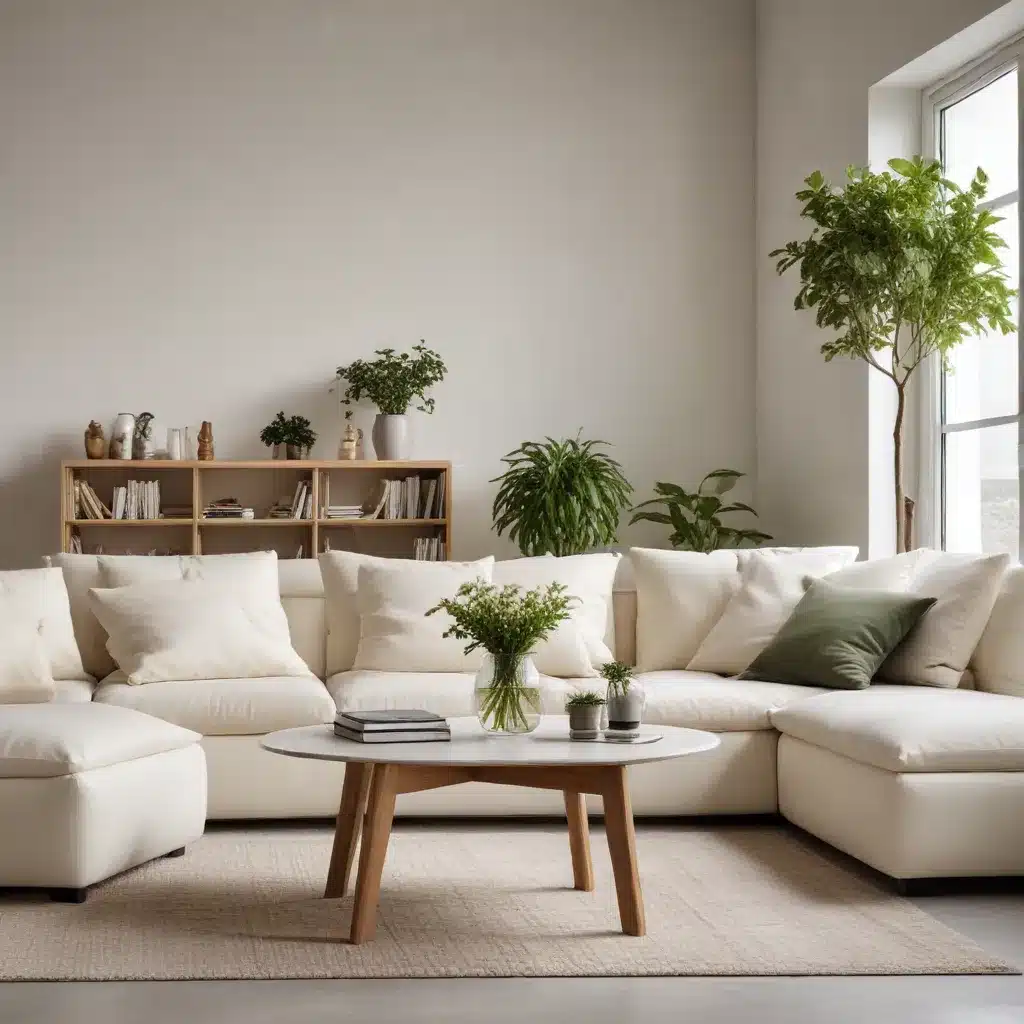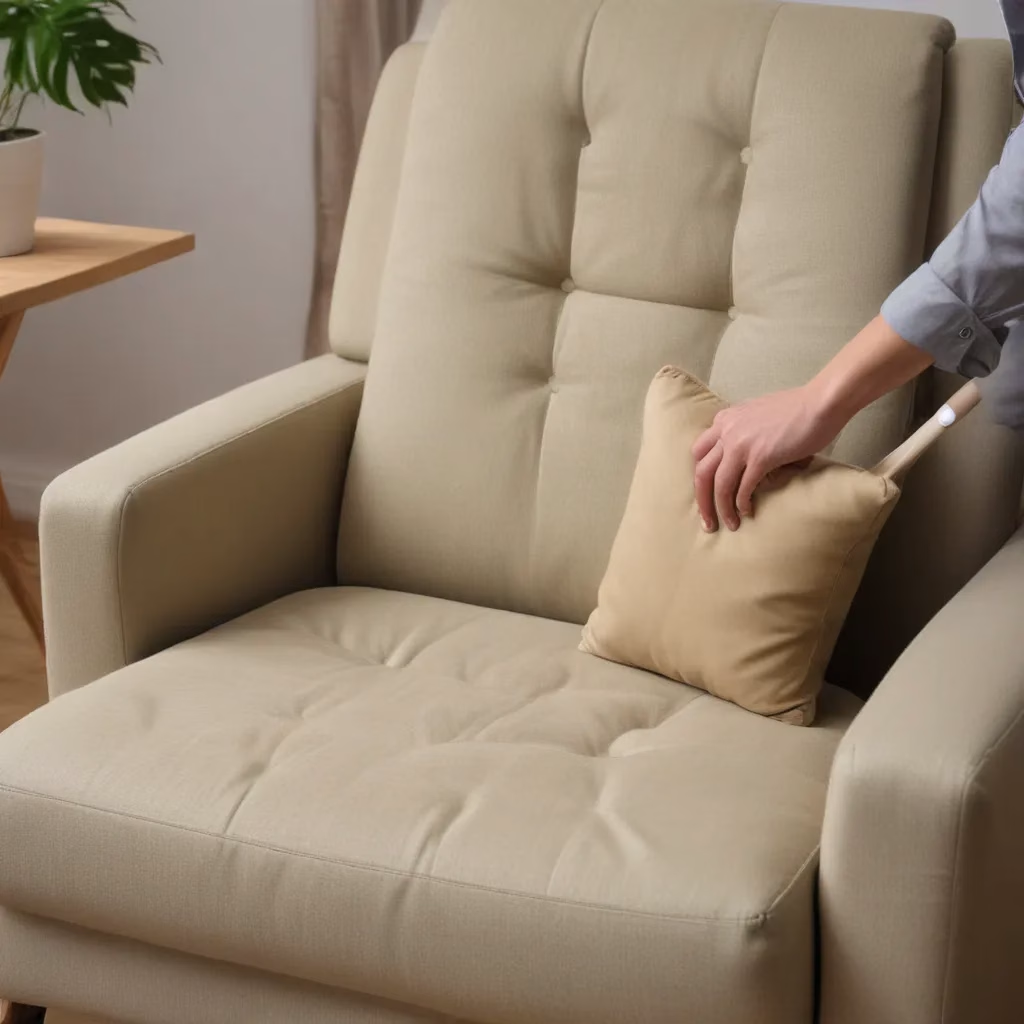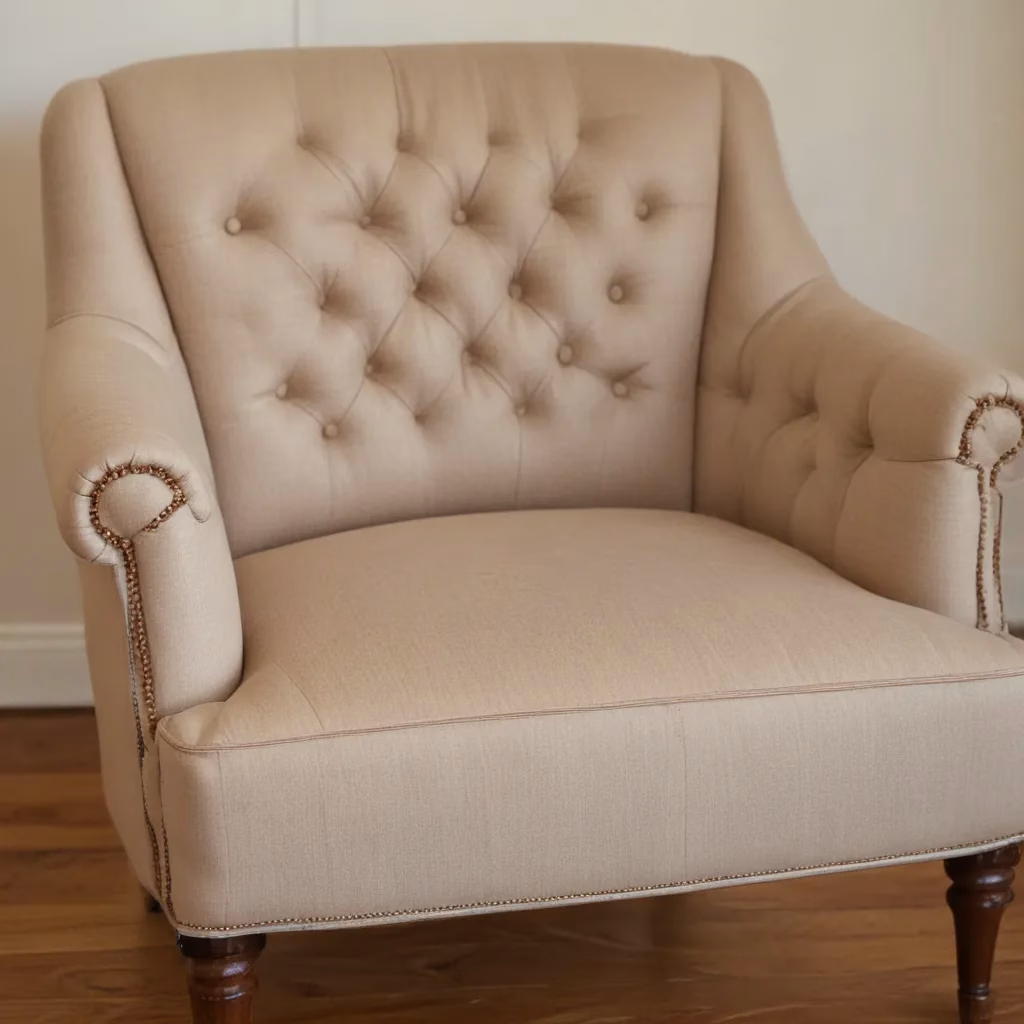
The Rise of Sustainable Home Decor
As a furniture specialist with years of experience in the industry, I’ve witnessed a significant shift in consumer preferences over the past decade. More and more homeowners are seeking out eco-friendly furniture options, and it’s not hard to see why. The environmental impact of traditional furniture manufacturing can be substantial, from deforestation to harmful chemical emissions. That’s why I’m thrilled to share my insights on how you can furnish your home responsibly without sacrificing style or comfort.
When I first started in this field, sustainable furniture was often seen as a niche market. But today, it’s becoming mainstream, and for good reason. Eco-friendly furniture not only helps reduce our carbon footprint but also creates healthier living spaces for our families. I’ve had countless clients tell me how switching to sustainable pieces has improved their indoor air quality and given them peace of mind.
One of the most exciting developments I’ve seen is the innovation in materials. Reclaimed wood, recycled plastics, and rapidly renewable resources like bamboo are now being used to create stunning pieces that rival traditional furniture in both aesthetics and durability. I recently visited a showroom where every item was made from repurposed materials, and I was blown away by the craftsmanship and design.
Understanding Eco-Friendly Materials
When we talk about eco-friendly furniture, it’s essential to understand what makes a material sustainable. In my experience, the most environmentally responsible options often come from unexpected sources. Let’s break down some of the top contenders:
Reclaimed Wood: A Second Life for Timber
Reclaimed wood has become one of my favorite materials to recommend to clients. There’s something special about a dining table with a history, don’t you think? This wood comes from old buildings, barns, or even retired ships. By using reclaimed timber, we’re not only preserving forests but also keeping perfectly good wood out of landfills.
I once worked on a project where we sourced reclaimed oak from a 19th-century barn in the countryside. The character and patina of the wood were unmatched, and knowing that each piece told a story made the furniture all the more valuable to the homeowner.
Bamboo: The Rapid Grower
Bamboo is another material that I’ve seen gain tremendous popularity in recent years. It’s incredibly fast-growing, which makes it a highly renewable resource. Some species of bamboo can grow up to 3 feet in 24 hours! This rapid growth rate means that bamboo can be harvested much more frequently than traditional hardwoods without depleting forests.
I’ve found that bamboo furniture is particularly well-suited for modern and minimalist interiors. Its natural light color and fine grain provide a clean, contemporary look that many of my clients adore. Plus, it’s surprisingly durable for such a fast-growing plant.
Recycled Plastics: From Waste to Wonderful
The use of recycled plastics in furniture manufacturing is a trend that’s really taken off. It’s amazing to see how discarded plastic bottles can be transformed into stylish and comfortable outdoor furniture. I’ve recommended recycled plastic pieces for patios and decks, and my clients are always impressed by how well they hold up to the elements.
One of my favorite projects involved creating a vibrant outdoor living space using chairs and tables made entirely from recycled ocean plastics. Not only did it look fantastic, but it also served as a great conversation starter about environmental conservation.
The Benefits of Choosing Sustainable Furniture
Opting for eco-friendly furniture isn’t just good for the planet—it comes with a host of benefits for homeowners too. Let’s explore some of the advantages I’ve observed over the years:
Improved Indoor Air Quality
One of the most significant benefits of sustainable furniture is the positive impact on indoor air quality. Traditional furniture often contains volatile organic compounds (VOCs) that can off-gas into your home, potentially causing health issues. Eco-friendly options, on the other hand, are typically made without these harmful chemicals.
I remember working with a family who had been experiencing unexplained headaches and allergies. After we replaced their old sofa and bedroom set with pieces made from natural, non-toxic materials, they reported a noticeable improvement in their symptoms. It’s moments like these that remind me why I’m so passionate about sustainable furnishings.
Durability and Longevity
Contrary to what some might think, eco-friendly furniture is often more durable than its conventional counterparts. I’ve found that pieces made from reclaimed wood or high-quality recycled materials tend to be sturdier and longer-lasting. This durability means you won’t need to replace your furniture as often, which is both cost-effective and environmentally responsible.
I once had a client who was skeptical about the longevity of bamboo furniture. Five years later, they called me to say their bamboo dining set still looked as good as new, despite daily use by their young family. It’s experiences like these that have solidified my confidence in recommending sustainable options.
Unique Aesthetic Appeal
There’s something undeniably charming about furniture with a story. Eco-friendly pieces often have unique characteristics that mass-produced items simply can’t replicate. Whether it’s the distinctive grain of reclaimed wood or the artisanal quality of handcrafted items, these pieces add character to any space.
I’ve worked on numerous projects where sustainable furniture became the focal point of a room. For instance, a coffee table made from a salvaged tree trunk became the centerpiece of a living room, sparking conversations and admiration from guests.
How to Incorporate Eco-Friendly Furniture into Your Home
Now that we’ve covered the what and why of sustainable furniture, let’s talk about the how. Incorporating eco-friendly pieces into your home doesn’t have to be an all-or-nothing approach. Here are some strategies I often recommend to my clients:
Start with Statement Pieces
If you’re new to eco-friendly furniture, start by introducing one or two statement pieces into your home. A reclaimed wood dining table or a sofa upholstered in organic cotton can make a big impact without requiring a complete overhaul of your decor.
I once worked with a couple who were hesitant to commit fully to sustainable furniture. We started with a beautiful console table made from recycled materials for their entryway. They loved it so much that they gradually replaced other pieces in their home over the next few years.
Mix and Match
Don’t feel like you have to stick to one type of eco-friendly material throughout your home. Mixing different sustainable materials can create a rich, layered look. Try pairing a bamboo coffee table with a reclaimed wood bookshelf, or combine recycled plastic outdoor chairs with a natural rattan loveseat.
In my experience, some of the most interesting interiors come from thoughtful combinations of different textures and materials. It’s all about finding the right balance and creating a cohesive look that reflects your personal style.
Upcycle Existing Pieces
Sometimes, the most eco-friendly option is to work with what you already have. I often encourage clients to consider upcycling or refinishing existing furniture before buying new pieces. A fresh coat of non-toxic paint or new upholstery can breathe new life into an old piece while keeping it out of the landfill.
I once helped a client transform an heirloom dresser by refinishing it with a low-VOC stain and replacing the hardware with recycled metal pulls. The result was a beautiful, one-of-a-kind piece that honored family history while aligning with their eco-conscious values.
Maintaining Your Eco-Friendly Furniture
Proper maintenance is key to ensuring your sustainable furniture stands the test of time. Here are some tips I always share with my clients:
Regular Cleaning with Natural Products
To keep your eco-friendly furniture looking its best, regular cleaning is essential. I recommend using natural, non-toxic cleaning products that are gentle on both the furniture and the environment. For wood pieces, a mixture of warm water and mild soap usually does the trick. For upholstered items, look for plant-based cleaners or make your own using baking soda and vinegar.
I’ve found that many clients are surprised by how effective these natural cleaning methods can be. Not only do they keep the furniture in great condition, but they also avoid introducing harsh chemicals into the home.
Protecting from Sunlight and Moisture
Even sustainable materials can be vulnerable to environmental factors. To protect your furniture, I advise keeping pieces out of direct sunlight when possible, as UV rays can cause fading and damage over time. For wooden furniture, maintaining consistent humidity levels is important to prevent warping or cracking.
I once worked with a client whose beautiful bamboo flooring had started to warp due to high humidity. We solved the problem by installing a dehumidifier and teaching them how to monitor moisture levels in their home. The same principles apply to furniture care.
Repairing Instead of Replacing
When damage does occur, consider repairing your furniture rather than replacing it. Many eco-friendly materials, like solid wood or metal, lend themselves well to repairs. I’ve seen skilled craftspeople work wonders on pieces that seemed beyond saving.
One of my favorite success stories involves a client’s beloved reclaimed wood dining table that had suffered water damage. Instead of discarding it, we brought in a restoration expert who was able to sand out the damage and refinish the table. The result was even more beautiful than the original, with the repair adding to the table’s character and story.
The Future of Eco-Friendly Furniture
As we look to the future, I’m excited about the continued innovation in sustainable furniture design. From advancements in bio-based materials to new recycling technologies, the possibilities are endless. I believe we’ll see even more integration of eco-friendly practices in mainstream furniture production, making sustainable options more accessible to everyone.
One trend I’m particularly enthusiastic about is the growth of the circular economy in furniture manufacturing. This approach focuses on designing out waste and pollution, keeping products and materials in use, and regenerating natural systems. I’ve already seen some furniture companies implementing take-back programs and designing pieces for easy disassembly and recycling at the end of their life cycle.
Another exciting development is the use of 3D printing technology to create furniture from recycled materials. This process allows for intricate designs that would be difficult to achieve with traditional manufacturing methods, all while reducing waste and energy consumption.
As consumers become more aware of the environmental impact of their purchasing decisions, I expect to see a continued shift towards sustainable furnishings. It’s an exciting time to be in this industry, and I’m looking forward to helping more clients create beautiful, eco-friendly homes.
Conclusion: Embracing Sustainable Living Through Furniture Choices
As we’ve explored throughout this article, choosing eco-friendly furniture is about more than just following a trend—it’s about making conscious decisions that benefit both our homes and our planet. From the materials used to the manufacturing processes employed, every aspect of sustainable furniture contributes to a healthier, more responsible way of living.
Remember, transitioning to eco-friendly furnishings doesn’t have to happen overnight. Start small, make informed choices, and gradually build a home that reflects your values and style. Whether you’re furnishing a new space or looking to update your current decor, consider the impact of your choices and the story behind each piece.
If you’re interested in exploring eco-friendly furniture options for your home, I encourage you to visit Sofa Spectacular. They offer a wide range of sustainable pieces that combine style, comfort, and environmental responsibility. With the right guidance and a bit of creativity, you can create a beautiful, eco-conscious living space that you’ll love for years to come.



